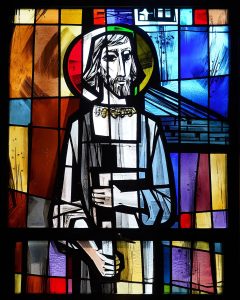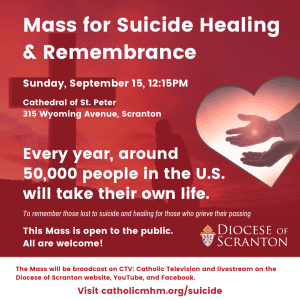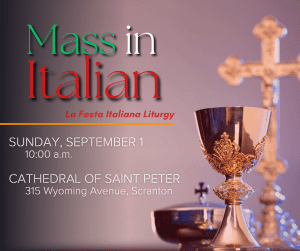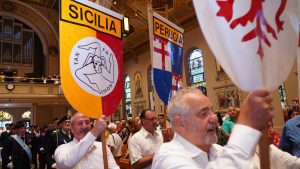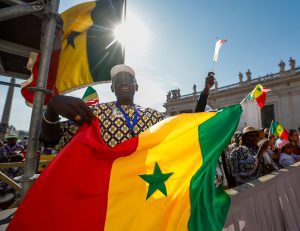(OSV News) – A “true Eucharistic experience” can recommit the faithful to the care of God’s creation, said two U.S. Catholic bishops in a joint message for the World Day of Prayer for the Care of Creation.
On Aug. 30, Archbishop Borys Gudziak of the Ukrainian Archeparchy of Philadelphia, chairman of the U.S. Conference of Catholic Bishops’ Committee on Domestic Justice and Human Development, and Bishop A. Elias Zaidan of the Maronite Eparchy of Our Lady of Lebanon, chairman of the USCCB’s Committee on International Justice and Peace, released a reflection on the centrality of the Eucharist in redeeming humankind and the creation with which it has been divinely entrusted.

The annual World Day of Prayer for the Care of Creation, which takes place Sept. 1, was first proclaimed by the late Ecumenical Patriarch Dimitrios I in 1989, coinciding with the start of the Orthodox liturgical year.
In 2015, Pope Francis instituted the observance in the Catholic Church, saying that it provided a “fitting opportunity” for Catholics “to reaffirm their personal vocation to be stewards of creation, to thank God for the wonderful handiwork which he has entrusted to our care, and to implore his help for the protection of creation as well as his pardon for the sins committed against the world in which we live.”
In June, the pope announced the theme for this year’s day of prayer would be “Hope and Act with Creation.”
The World Day of Prayer for the Care of Creation also marks the start of the “Season of Creation,” which concludes with the Oct. 4 feast of St. Francis of Assisi, whose “Canticle of the Sun” inspired the title and text of Pope Francis’ 2015 encyclical “Laudato Si’: On Care for Our Common Home.”
The five-week celebration of a “Season of Creation” had first been proposed in 2007 at the Third European Ecumenical Assembly, with the World Council of Churches moving the following year to endorse the time of prayer and action for environmental stewardship. Following Pope Francis’ designation of the World Day of Prayer for the Care of Creation, Catholics throughout the world have increasingly participated in the extended “Season of Creation” observance.
In the U.S.,”the message of hope and care for creation resonates deeply with the Catholic community,” which “continues to experience the joy” of the 10th National Eucharistic Congress held in Indianapolis in July, said Archbishop Gudziak and Bishop Zaidan in their message.
Drawing on the insights of both Pope Francis and Pope Benedict XVI, the two bishops shared their thoughts on “hope in the Lord in a scientific age” where “an almost spiritual hope in techno-scientific progress” can cause a drift from a reliance on “amazing grace to amazing gadgets.”
The bishops noted that in his 2007 encyclical “Spe Salvi” (“In hope we were saved”), Pope Benedict XVI identified a profound shift in thought during the early 17th century that replaced hope in Christ with “faith in progress.” Pope Francis underscored the dangers of this shift in “Laudato Si’,” which, as the bishops noted, highlights a “technocratic paradigm whereby the unchecked power of technology drives the progressive devastation of the planet.
“The damaged fruit of our technocratic endeavors, a spoiled planet, is a problem that algorithms, machines and technologies can never solve,” said Archbishop Gudziak and Bishop Zaidan. “If we are to be saved in hope, that hope must be in God.”
The bishops stressed that “we are not left to our own devices” in healing the ravages of environmental exploitation or the ravages of sin on the human condition as a whole, since “God is with us.”
Rebuilding a broken world “can only happen in continuity with the first edifice, which has Jesus Christ as the cornerstone, the rock that holds everything together,” said the bishops.
The Eucharist assures us that “Jesus chose to remain with us in a specific and concrete way, in his Body and Blood.”
For that reason, “it should be of no surprise that the poor man of Assisi (St. Francis) had a profound reverence and respect for the Body and Blood of the Lord,” said Archbishop Gudziak and Bishop Zaidan.
“The ‘root and source’ of St. Francis’ love for peace, poverty and care for creation was Jesus Christ,” they said, referencing the Second Vatican Council’s description of the Eucharist as the source and summit of Christian life.
“The care for creation is constitutive of the Christian life,” they said. “So let us go forth, with hope, to care for all of God’s creation.”



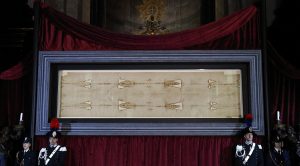
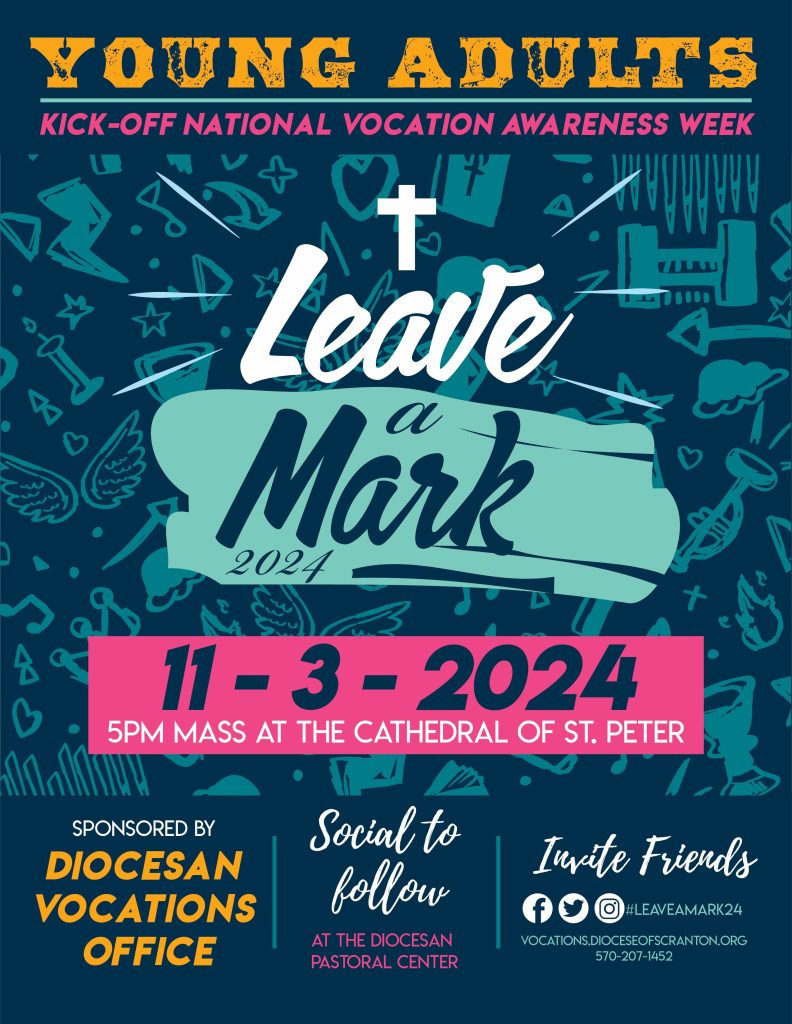 Young adults are invited to join the Diocesan Vocations Office at the ninth annual Leave a Mark Mass on Nov. 3 to kick off National Vocation Awareness Week.
Young adults are invited to join the Diocesan Vocations Office at the ninth annual Leave a Mark Mass on Nov. 3 to kick off National Vocation Awareness Week.